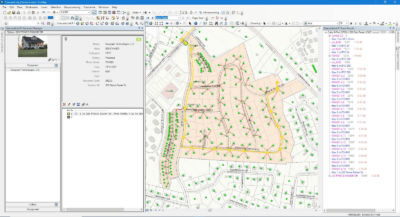The business of building a broadband network is expensive. As an expert yourself, you know that every decision you make, from designing to staking, comes with balancing up-front costs and forecasted future revenue. By thoroughly planning your next build, including estimates of capital and maintenance expenditures, you and other stakeholders can make an informed decision on whether to seek funding sources outside your organization. There are a number of options for financing a broadband network, from federal funding, to state and regional economic development funds, to private investments. Here are the most common sources:
Federal Funding
There are 14 federal agencies with 57 broadband programs that offer billions of dollars in grants, loans, and other incentives for broadband projects. Most of them focus on helping rural and underserved urban communities get access to high-speed internet. The Federal Communications Commission (FCC)’s and the US Department of Agriculture (USDA)’s programs are the largest and include well-known funding opportunities, such as the Rural Digital Opportunity Fund (FCC) and ReConnect (USDA). In addition, as part of the CARES Act, FCC’s Connected Care Pilot Program will allocate up to $100 million from the Universal Service Fund (USF) over a three-year period. A comprehensive list of available federal funding sources can be found on the BroadbandUSA website.
Public Leasing
Public leasing allows entities to lease access to build a broadband network in areas where they may not be able to afford to fund the entire network themselves. Dark fiber networks, where extra fiber capacity is laid, are a popular and viable option. They represent a good opportunity for private entities to raise additional capital by renting or leasing excess capacity. This can help cut down on some capital and operational expenses. Recent examples of public leasing agreements and investments include:
Private Equity
Private equity (PE) funding is composed of funds and investors that directly invest in private companies. Typically boasting high profit margins, PE investors often consider fiber-based networks to be an attractive opportunity. When evaluating an investment option for broadband projects, most investors look at the following: quality of the existing network, market opportunities with potential for growth, solid business plan, low churn rates, and financial growth with positive EBITDA, among others. Some examples of private-equity investors with recent investments into fiber networks include:
Making a decision on how to finance your broadband project is a critical step in the process of planning your next build. If you have questions about planning or managing your fiber, copper, or coax networks,




